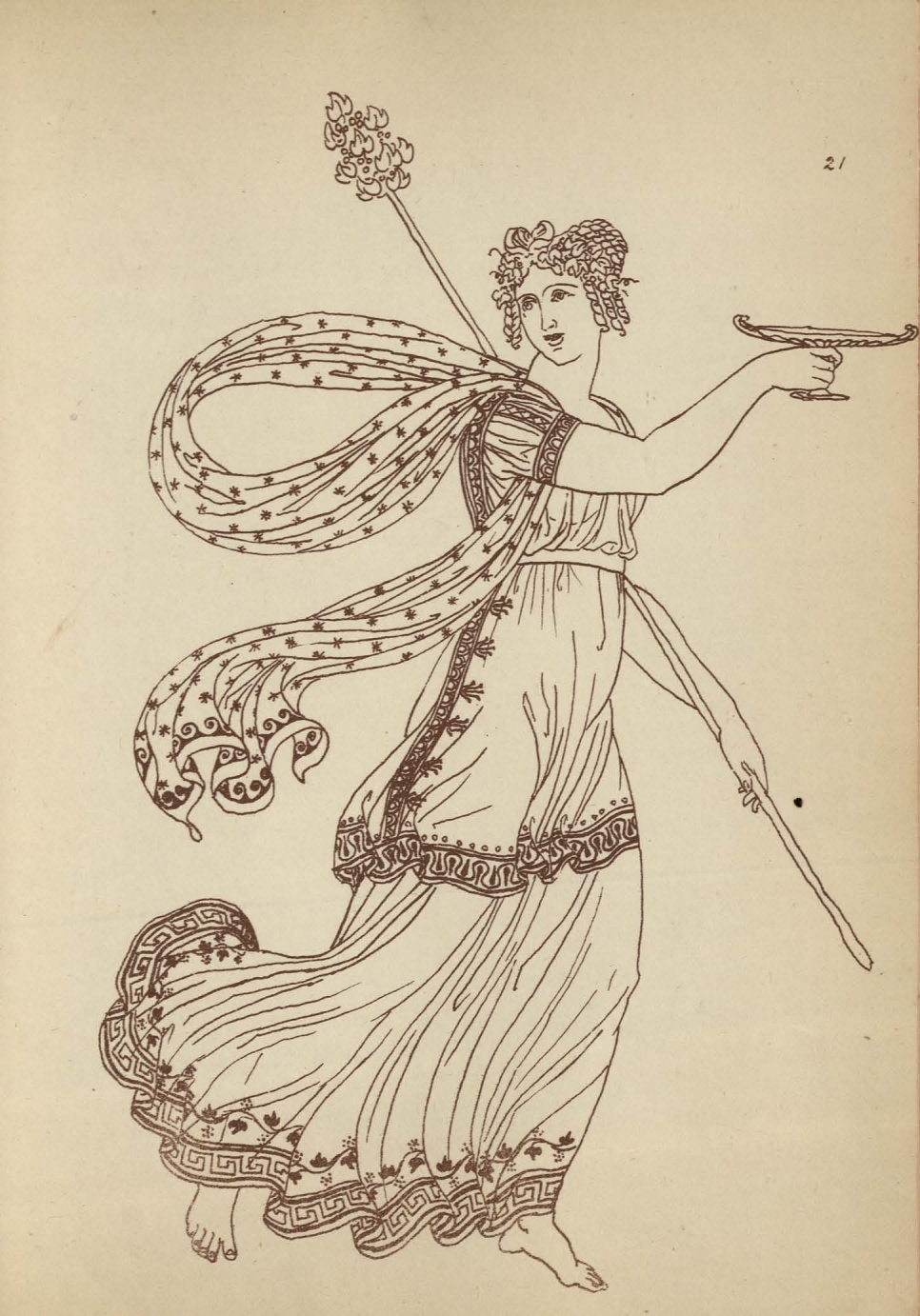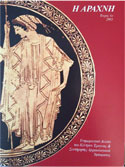May's word: esthes
ancient-greek-female-costume-1882_Page133.jpg

Smith JM, Ancient Greek female Costume, London 1882
“He wore a long esthēs” is an expression that we can still see in Modern Greece in comments about theatrical plays, or social gatherings.
The family of the term esthēs is very rich and the term itself is a simple derivative. Together with ἱμάτιον, ἱματιοθήκη (wardrobe), ἀμφίεση (apparel), μεταμφίεση (disguise), it counts among the few terms of this family still used today.
The ancient verb is ἕννυμι and derives from the widespread old-Indoeuropean root *ṷes-, “ένδυμα”, with the suffix /nu/ and the ending: *ṷes-nu-mi > *ϝέσ-νυ-μι >*ϝέh-νυ-μι > ϝέν-νυ-μι.
In Greek, the ϝ has dropped (but Cretan ϝῆμα), although it is maintained in related languages with athematic verb or suffix /t/: Germ. wasjan > wear, Lat. ues-ti-s (hence veste, vêtement, Weste, investiture, investment, vest, transvestite, vestiti, vestir etc.).
From the present perfect εἷμαι < ϝέ-μαι < *ṷes-mai and ἤσθημαι, derive τὸ εἷμα< *ṷes-mn̥, τὰ εἵματα, τὰ εἱμάτια and, with early itacism, τὰ ἱμάτια, τὰ ἐσθήματα (clothing), ἡ ἐσθής.
One of the oldest terms (already since the Myc. we-a2-no-i / wehanoihi, Dat. pl.) ὁ ἐανός, “woman’s clothing”.
There are many composita, mostly ending in –μων, ἀνείμων (without clothing), κακοείμων (ill-clad), μελανείμων (black-clad).


